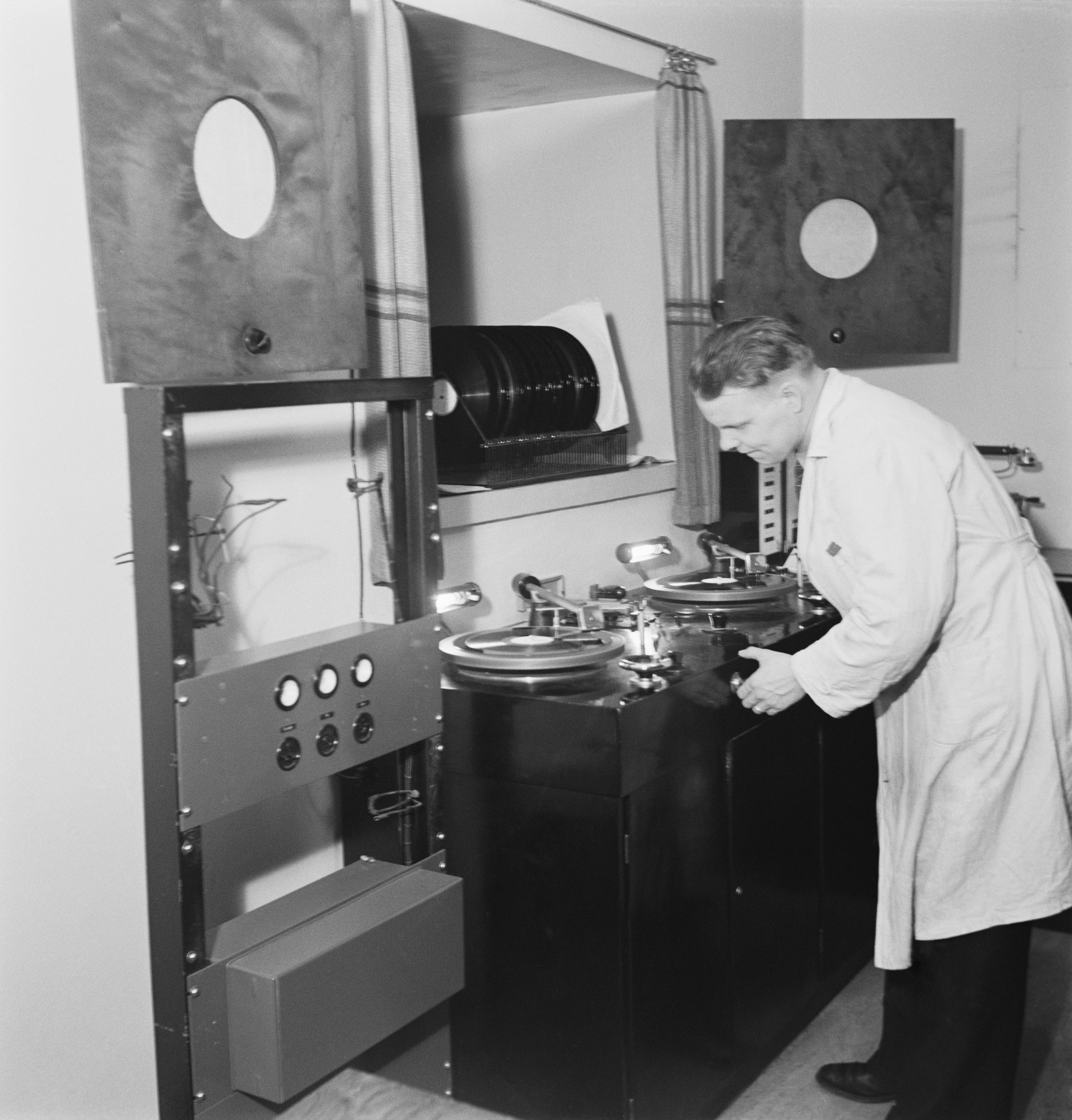Now is the summer of my digital discontent. Several of my digital cameras manufactured around 2007-2008 are failing. None was severely abused, but these little cameras spend their lives bouncing around in briefcases, backpacks, and shoulder bags. Bad stuff happens.
 |
| (c) DKassnoff, 2015. |
These compact cameras -- two Canon Powershots and a
Kodak EasyShare -- don't owe me much. I bought them off eBay, where 7- and 10-megapixel cameras superseded by newer models go to find their next lives.
(Sellers on eBay had trouble spelling Canon. I hunted those misspelled auction titles and bought these cameras for little cash.) I'd clean them up and re-sell them. I kept the ones that worked well.
(Some people believe that a 20-megapixel camera must take better photos than a 10-megapixel camera. I'm not one of them.)
When new, each of these sold for $200-$300. Today, you can pick up used Canons for much less than $50. Canons, especially, take excellent stills, while the Kodak had great HD video and dual built-in microphones that were hard to beat.
In the film days, I'd developed a skill for fixing 1970s-era rangefinder cameras, which -- despite having non-zoom lenses and no built-in flash -- produced marvelous photos. Recent digital cameras don't have film transports or rewind knobs; they have sensors, ribbon cables, and circuit boards. And they are tiny.
But, faced with three dying digital cameras, I decided to haul out my precision screwdrivers and tweezers, and see if I couldn't repair the pocket cameras. (Tip: use a large flat magnet to capture all the tiny screws that like to bounce merrily under your workbench.)
How did I do? Not bad. Youtube has dozens of homemade how-to videos of people repairing their digital cameras. In less than 30 minutes, I had a good idea of what I needed.
The Kodak had a failed image sensor. A quick peruse of the Internet reveals that sensor failure in the V1253 camera is fairly common. (Canon built their cameras in Japan; Kodak went to China. Big difference.) Online companies can sell you a replacement sensor, but unless you're truly in love with this camera, don't bother. It's not well made, and removing covers, buttons, lens assembly, etc. really makes it a chore. Since nearly any smartphone can capture good HD video, reviving an eight-year-old Kodak for this function seems a waste of time.
Canons, on the other hand, are better built from the start (the Japan thing). When one component goes south, many owners put their inoperative cameras up for auction. So buy a parts-donor camera for less than $20. That's where I found replacement switches, body parts, and screws to revive the Canon SD750 and
SD790IS pictured above.
And they both work fine.








